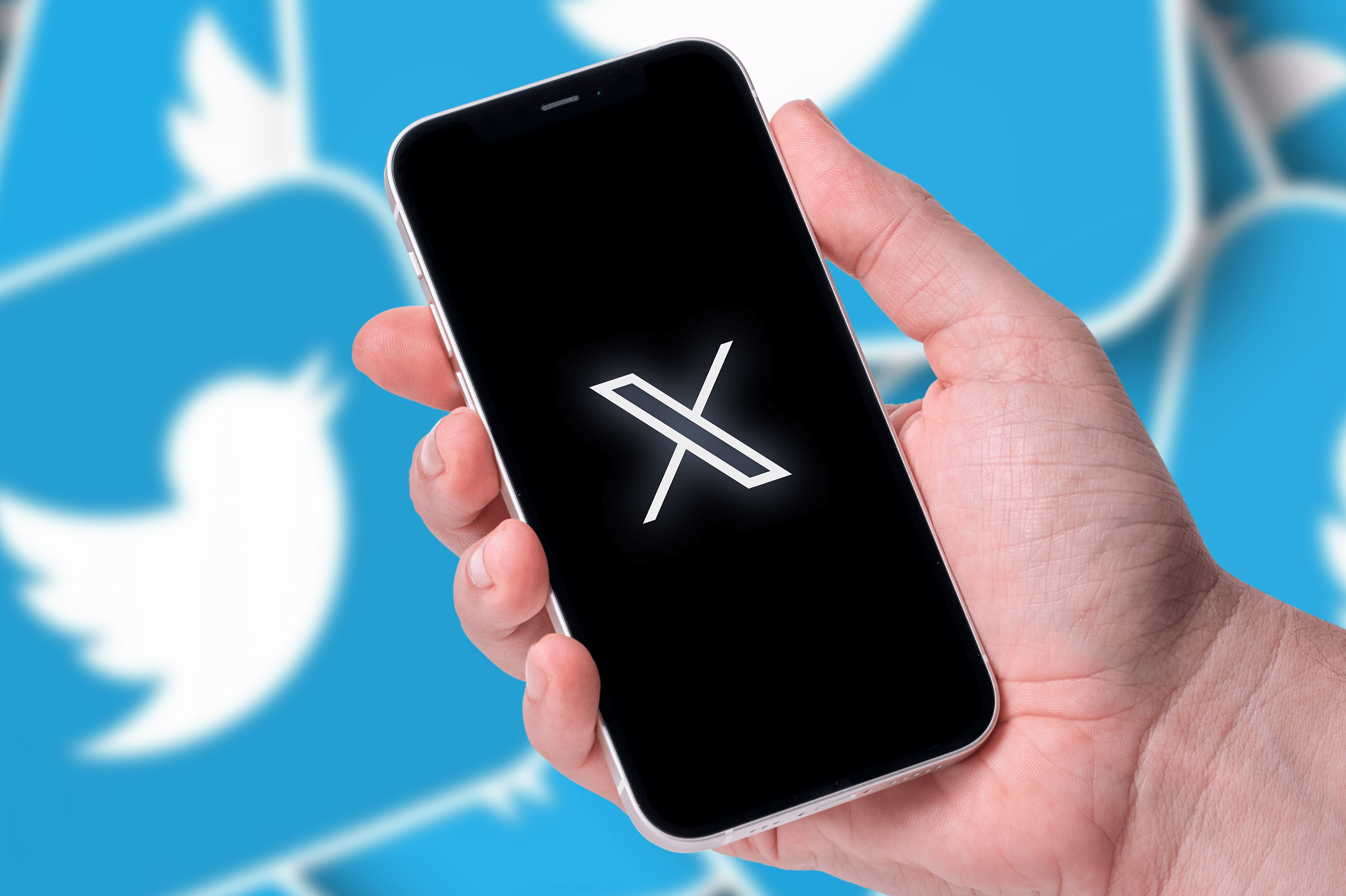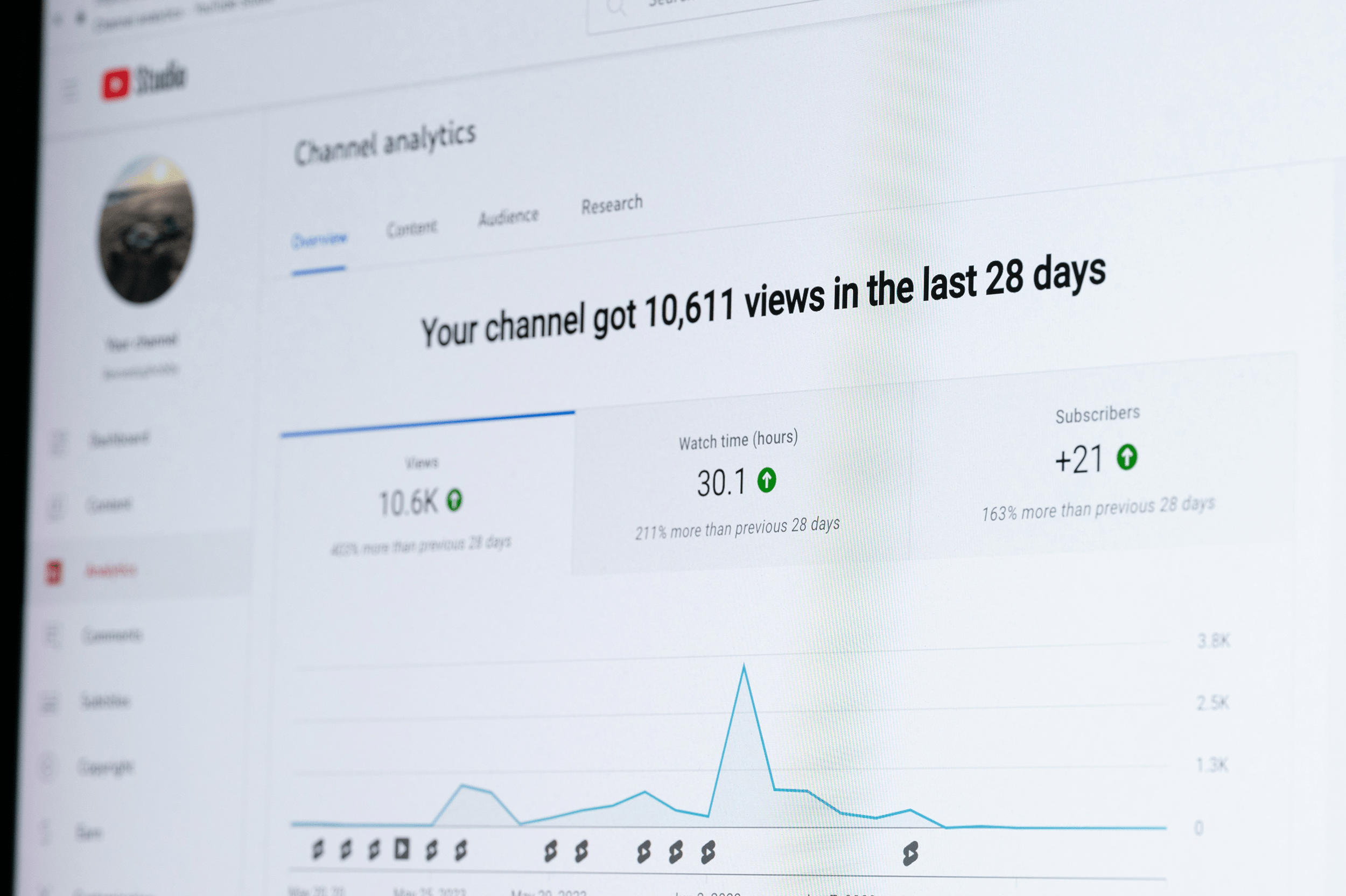For a long time, Facebook ads received a “Relevance Score” between 0 and 10, once they’d reached at least 500 impressions.
If your ads had a high conversion rate, they’d gain a high Relevance Score, as Facebook took the conversion rate to be a good signal that your product/service was highly relevant to the audience you were targeting.

Screenshot via Facebook.com
In early 2019, though, Facebook introduced the new Relevance Diagnostics instead – and from April 30th 2019 on, these were rolled out for everyone.
Instead of a single Relevance Score, the new Relevance Diagnostics are split into three key metrics, which Facebook outlines as follows:
- “Quality ranking: How your ad’s perceived quality compared to ads competing for the same audience.”
- “Engagement rate ranking: How your ad’s expected engagement rate compared to ads competing for the same audience.”
- “Conversion rate ranking: How your ad’s expected conversion rate compared to ads with the same optimization goal competing for the same audience.”
As AdLeaks explains, these diagnostics are designed to help you troubleshoot potential issues with your ads:
“This is like a reality check on the effectiveness of your ads. If your advertising goals aren’t met, ad relevance diagnostics can help you understand the areas where you need improvement. It evaluates each ad’s past performance in the ad auction over the date range you’ve set.”
How are the Relevance Diagnostics scored?
The old Facebook Relevance Score was a simple number between 0 and 10, where 0 was the worst score and 10 was the best.
Each of the new Relevance Diagnostics are scored as one of the following:
- Below average
- Average
- Above average
The “below average” score will tell you how badly you’re doing in relation to other ads (it’ll say you’re in the “bottom 35%” or “bottom 20%,” etc).
Obviously, you want to be hitting “average” or “above average” in every category, in order to get the most from your advertising budget.
The Relevance Diagnostics are shown in the default columns view when you’re viewing a single ad in Facebook’s Ads Manager, but you can also add them to custom Ads Manager reports, as Social Media Examiner details in this post.
Why do the Relevance Diagnostics matter?
Facebook’s relevance diagnostics are designed to help you pinpoint where your ad might be struggling, so you can take action to fix it.
From your point of view, you want to get the best results possible from your ad budget. And from Facebook’s point of view, they want users to see relevant, quality ads that lead to conversions – so that users see ads as a positive, rather than a negative, aspect of the Facebook platform.
How can you improve your Relevance Diagnostics?
If your ad is scored as “below average” in a particular area or areas, you can consult Facebook’s table of information to help you troubleshoot and improve the ad.
Screenshot via Facebook.com
Facebook explains that you should focus on moving from “below average” to “average” as that will make more impact than trying to shift “average” scores to “above average.”
As you create and test ads, it’s also important to:
- Try out multiple versions of an ad, so you can see which one gives you the best results. You might find that a small change – e.g., to the call to action – makes a big difference to the performance of the ad. You may want to start off by trying several quite different variants, then picking the one that did the best to modify and go forward with.
- Use different versions of your ad for different target audiences. There probably isn’t a single “perfect” ad or “perfect” target audience for your product/service – there might be several different audiences, each of which would respond best to a different type of ad.
- Keep an eye on your ad frequency (how often your ad is being shown to the same people). If it goes too high, you’re going to end up seeing your cost rise significantly. Social Media Examiner recommends that you don’t let your frequency go far past 1.7.
- Exclude people who’ve already converted. As Karola Karlson puts it in a post on AdEspresso, “if you’re promoting a free eBook and someone downloads it, you shouldn’t spend additional ad budget on displaying your ad to this person again.”
Does Facebook expect you to use the Relevance Diagnostics?
Facebook provides the Relevance Diagnostics for your convenience: you don’t have to use them to try to bump your ad up to “average” in all areas. There’s no indication that Facebook will penalize ads that aren’t achieving good relevance scores.
If your ad is performing well (from your point of view), then you don’t need to worry about the Relevance Diagnostics. You might have a “below average” rating but still be meeting your objective, and Facebook says that’s fine.
Facebook advertising is a great way to reach a larger audience on the popular social media network, but you can also expand your reach and get more exposure for your content and get free Facebook followers by installing our Facebook share button. It’s super easy to install – it takes just minutes! – and it makes it simple for your visitors to share your content with their Facebook connections with a single click. Install the Facebook share button to start getting more exposure for your content today!
If you’re looking for more information about Facebook marketing we have a series of guides on the site to answer questions like what does it mean to pin a Facebook post?





